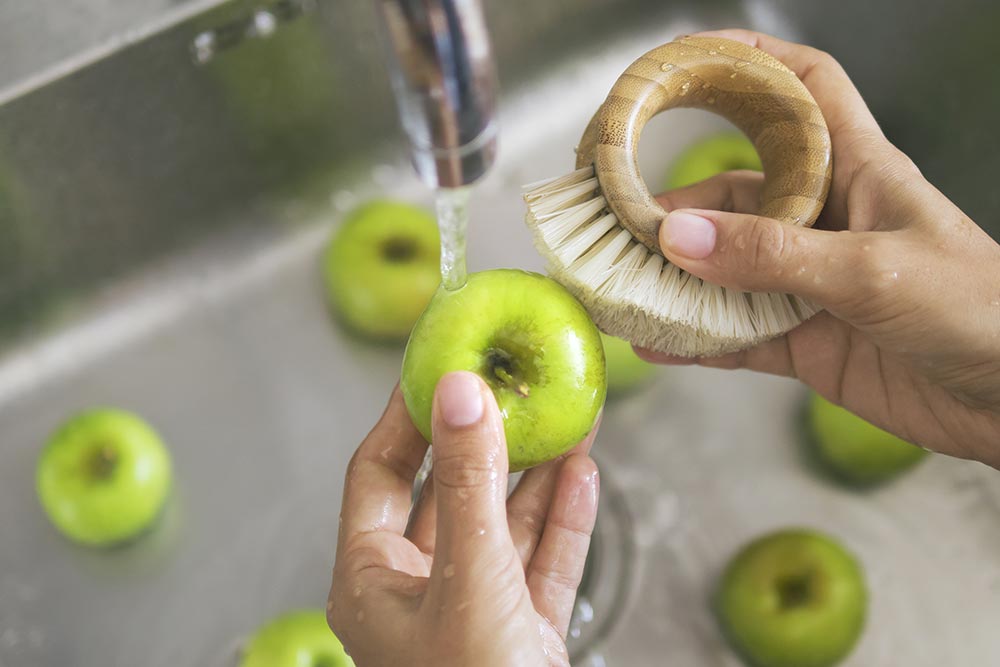Eating the recommended daily serving of fruits and vegetables is a key factor in maintaining both a well-balanced diet and a healthy lifestyle. Along with taking supplements, colorful produce can give us the nutrients we need to fight off illness, have more energy and feel better on a day to day basis. Unfortunately, there are underlying risks to understand when making sure your fruits and veggies are safe for eating. Bacteria may be present in the soil that crops are grown in or the water used for irrigation. In many cases, pesticides and bug killers are sprayed to keep destructive insects away. Pesticides, Bacteria, Parasites, Viruses and Chemicals are all reasons to wash your produce before eating.
Consuming fruits and vegetables without first washing them thoroughly could lead to foodborne illnesses if contaminants are present on the surface. The Centers for Disease Control (CDC) has established some guidelines to follow to make sure your produce is safely prepared:
- Clean – Wash your hands before handling fresh fruits and veggies and be sure to also wash your produce. Organic fruits and vegetables can still carry trace amounts of pesticides. Some prepackaged salad mixes may be listed as “prewashed,” however, it is safest to wash them.
- Separate – Be sure that, when cooking produce, not to cross-contaminate when also preparing meats or seafood. This includes preparing your meats and produce on separate cutting boards and thoroughly sanitizing the surface on which you’ve cut or kept raw meat.
- Cook – Cook food to the temperature which kills germs and bacteria. This varies for each type of meat. Fruits and vegetables are usually safe to eat raw but can be peeled and/or cooked to remove potential bacteria.
- Chill – Refrigerate food promptly! Be sure your food is kept below 40°F. Never thaw food on the counter because bacteria can easily multiply on food once it reaches room temperature.
Fruits and vegetables can be washed by soaking the produce in a mixture of white vinegar and water, ½ cup vinegar to every 2 cups of water. Soak for 5-15 minutes, then be sure to rinse items under a running tap while massaging the surface to remove any dirt that may be clinging on. Another way to clean produce is by soaking in a salt water solution. Use 1 tsp of salt for every cup of water, soak and then rinse thoroughly. Using 1 teaspoon of Clorox to every gallon of water will help kill parasites and bacteria on fresh produce. Always rinse, rinse and rinse again.
It is most important to wash loose produce such as lettuce because its leaves can contain more soil than other types of vegetables. In addition, you can peel some produce such as potatoes, carrots, onions, cucumbers and apples to safely remove any bacteria or chemicals that could be on the skin. Wash utensils with hot soapy water and clean countertops and cutting boards so that bacteria, that may be present on the outside of fruits and vegetables, is not transferred to the inside when cutting.
These steps will ensure that you are not at risk for illness while eating healthy. At The Laser Institute of Pinehurst, we offer a customized weight loss program that includes personal medical counseling from our providers. We will monitor your progress and make the necessary adjustments that will allow you to best achieve your short and long-term goals. Learn more about the weight loss programs we offer at pinehurstlaser.com/Weight-Loss or call our office at 910-920-9411 today to schedule your consultation!


